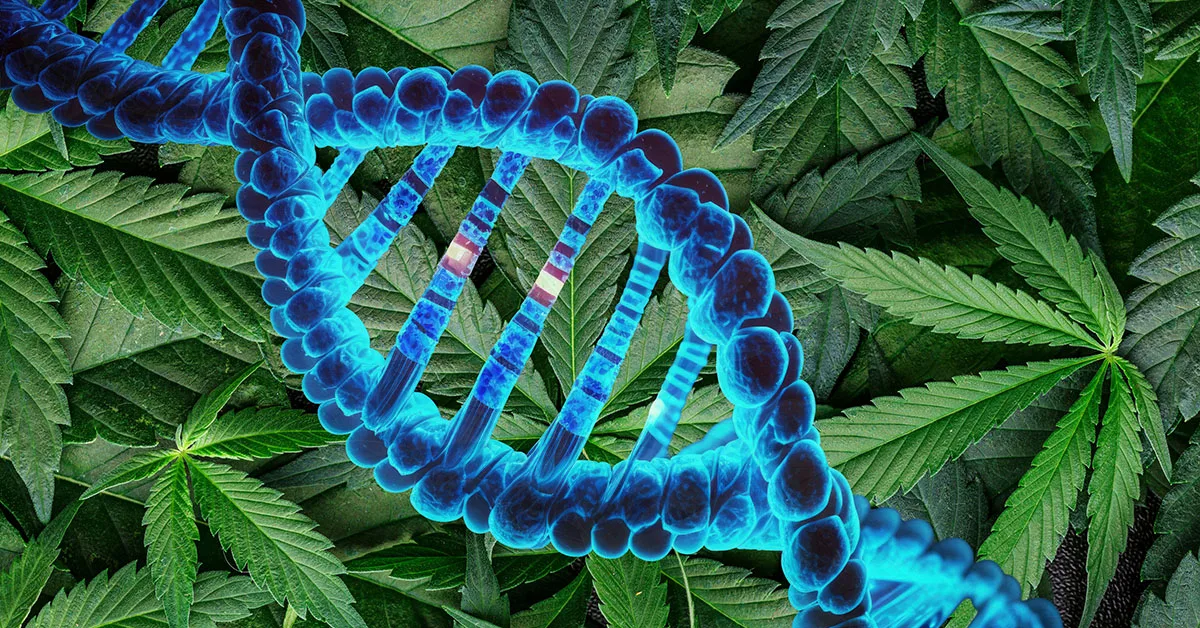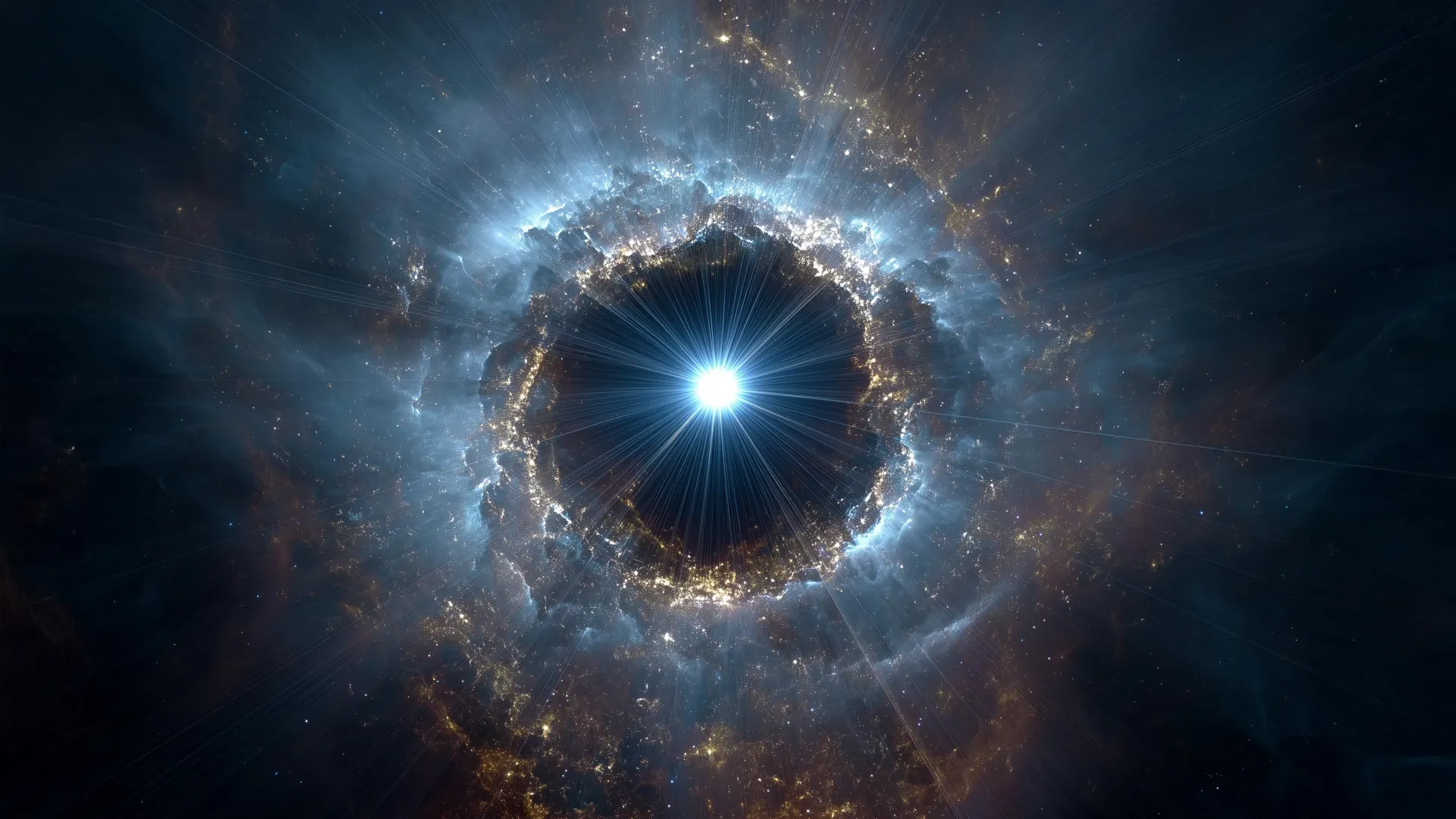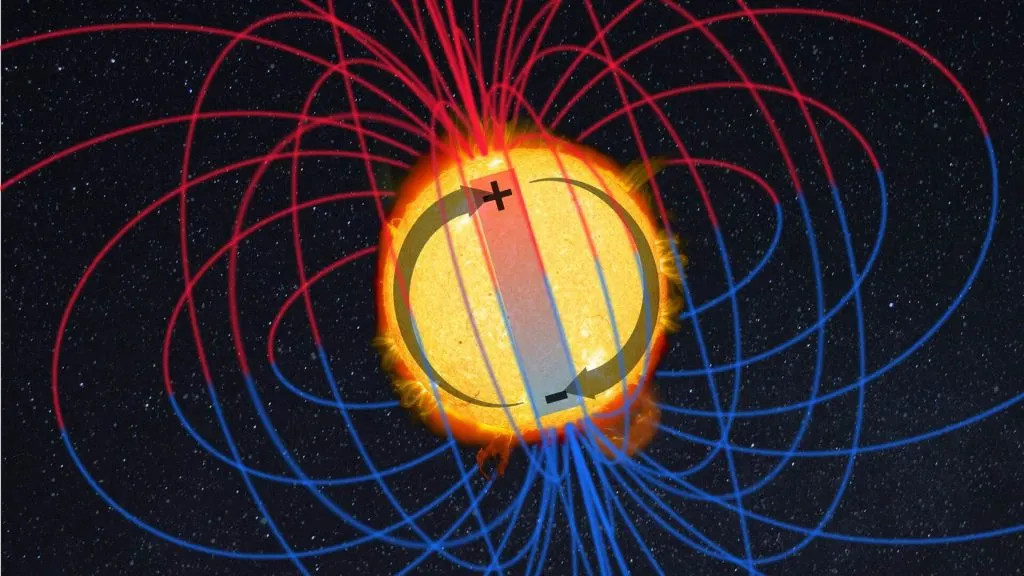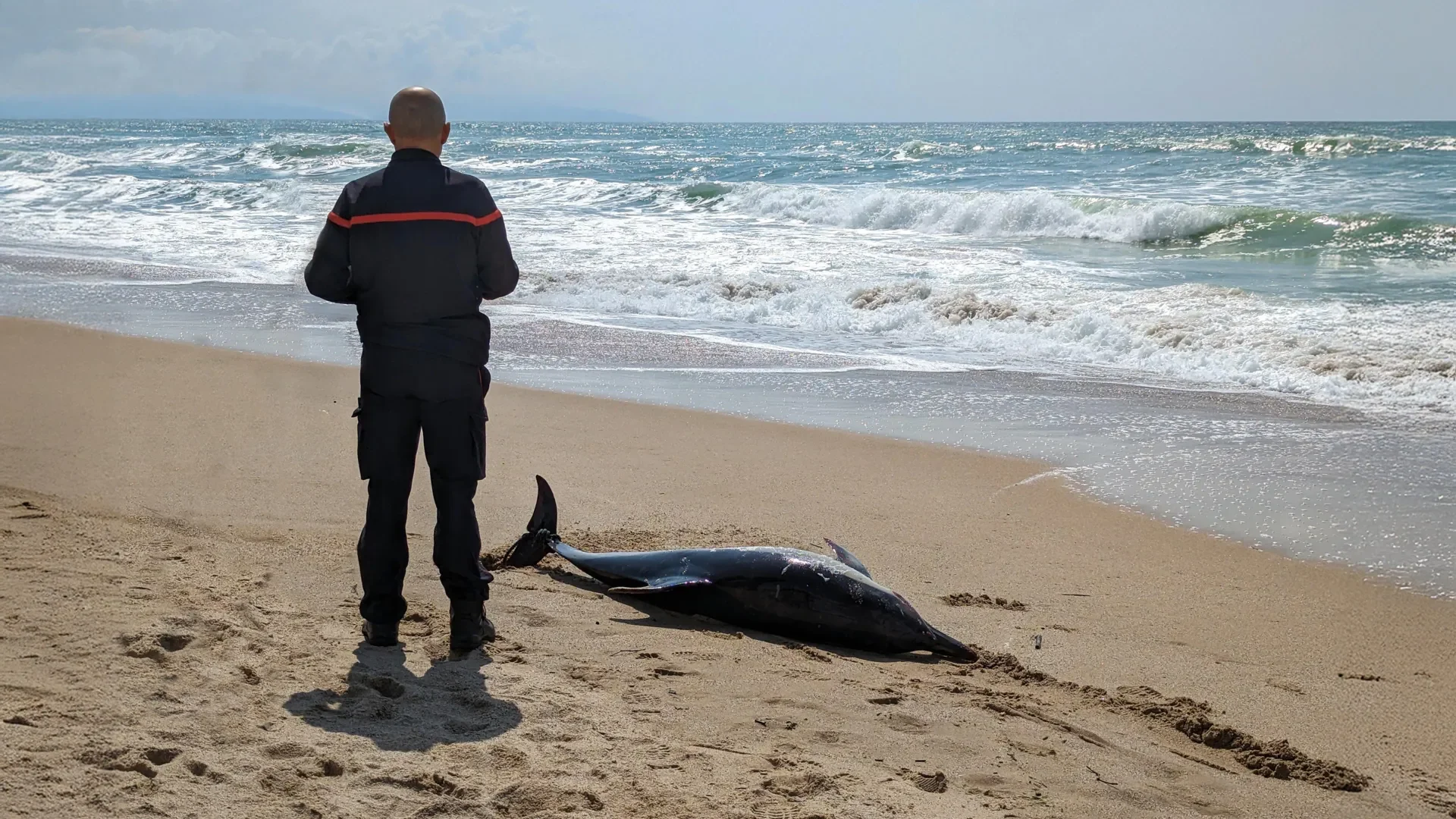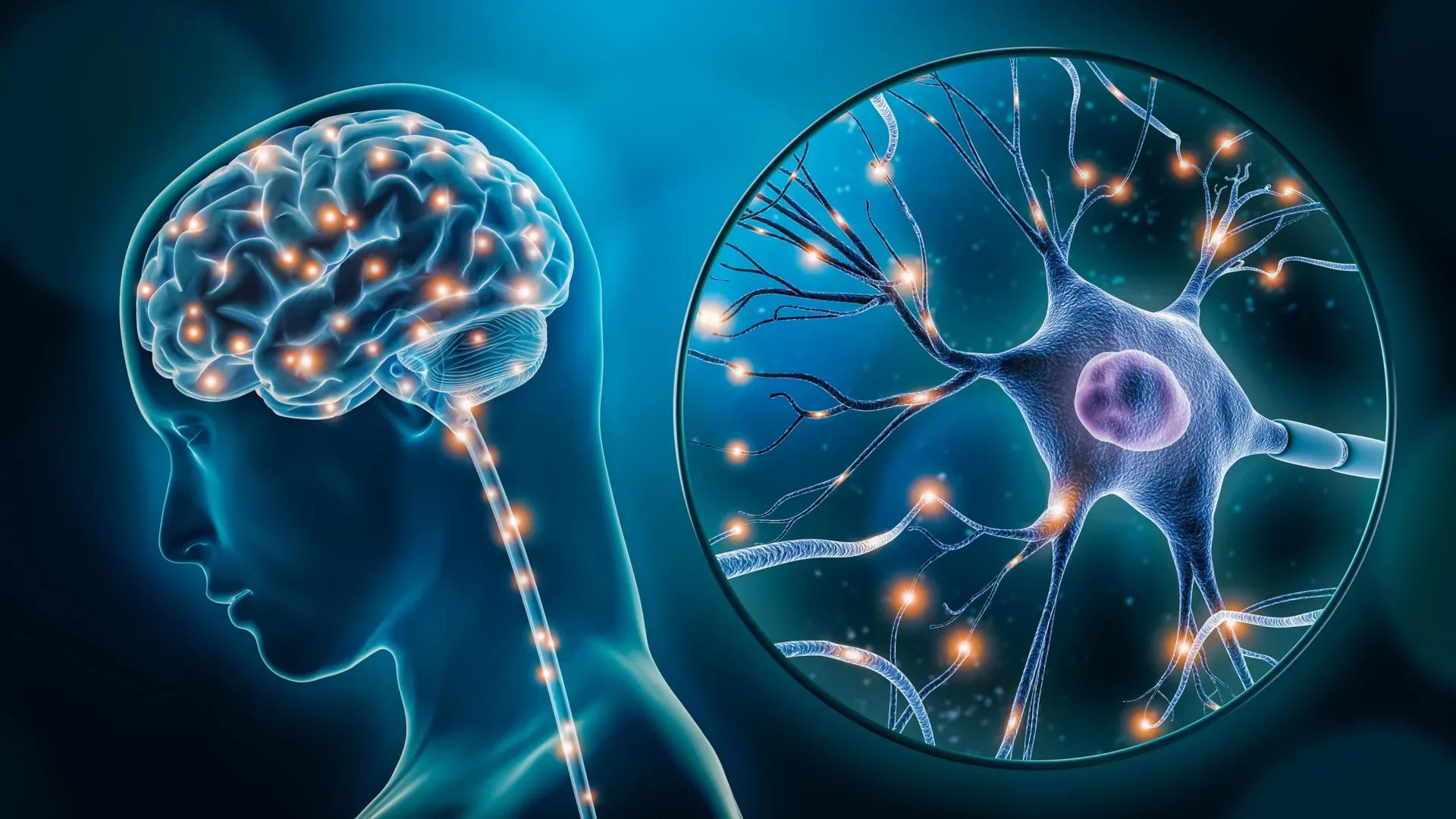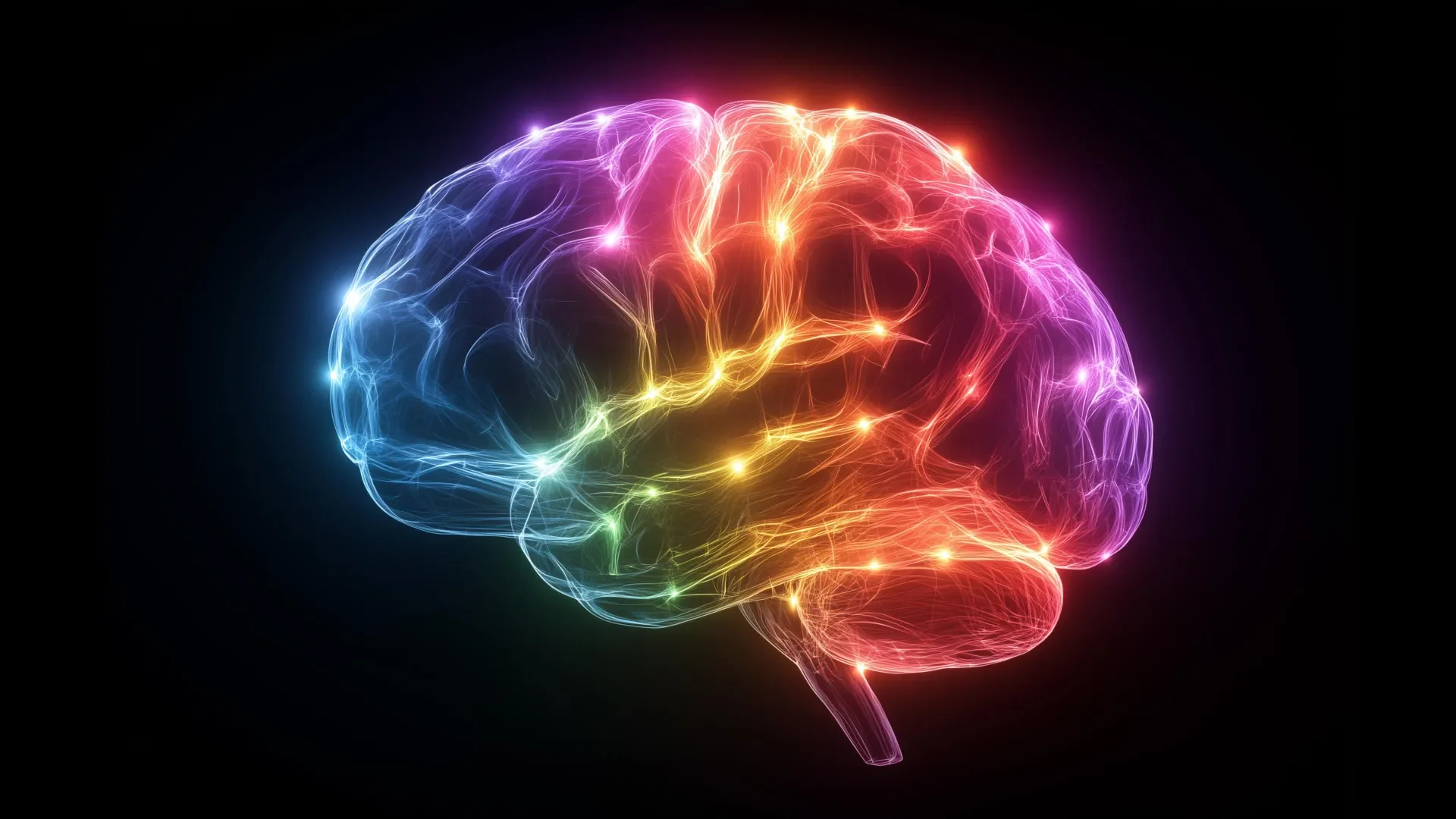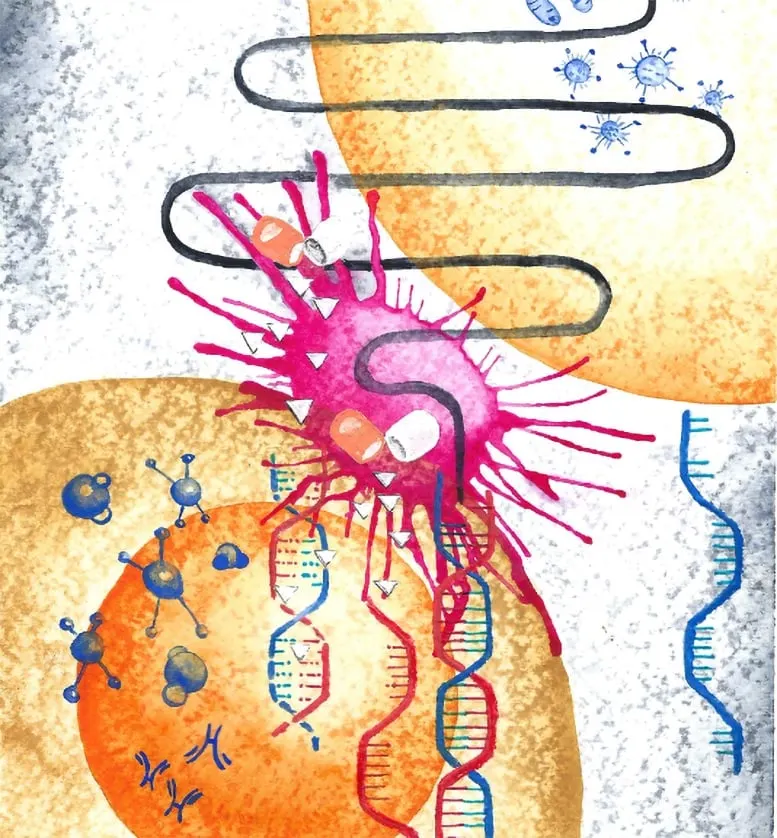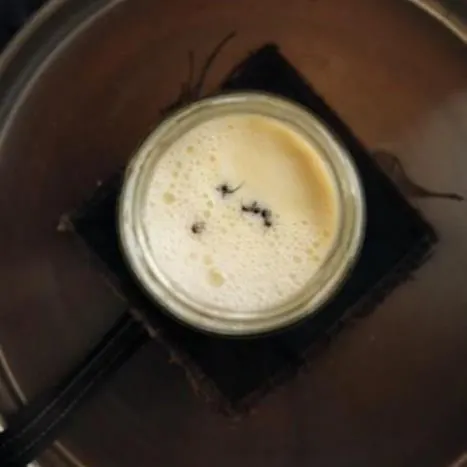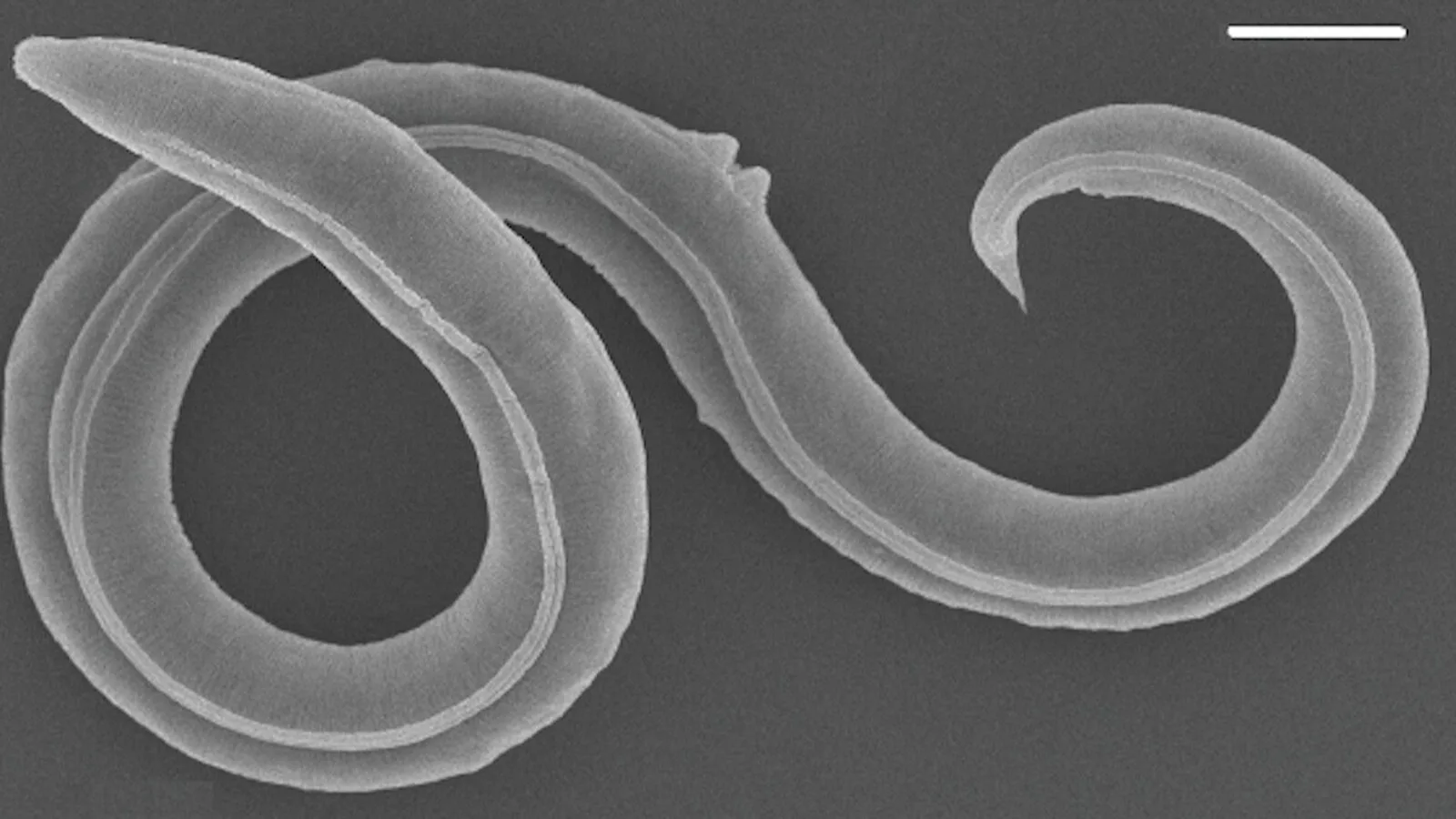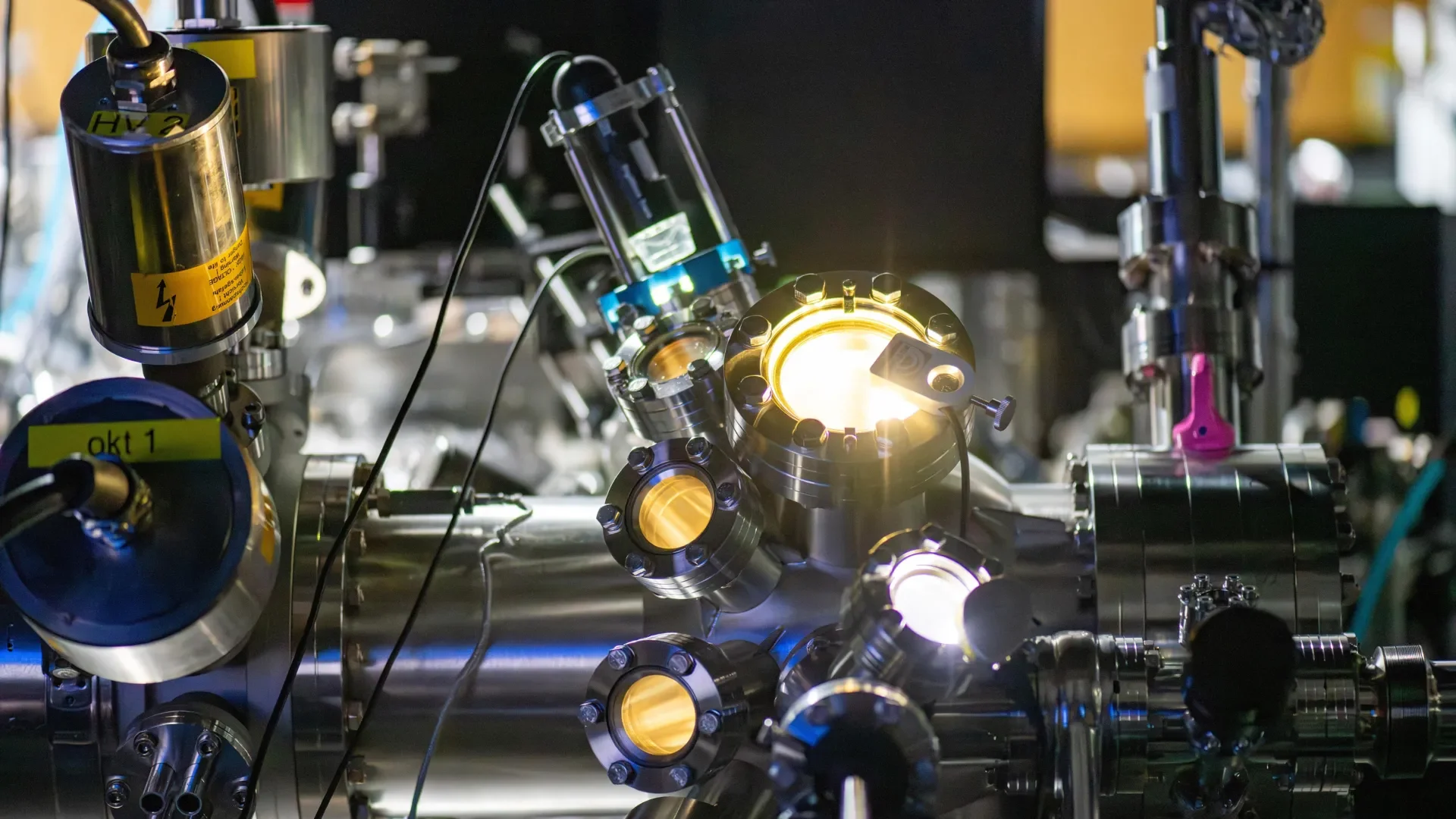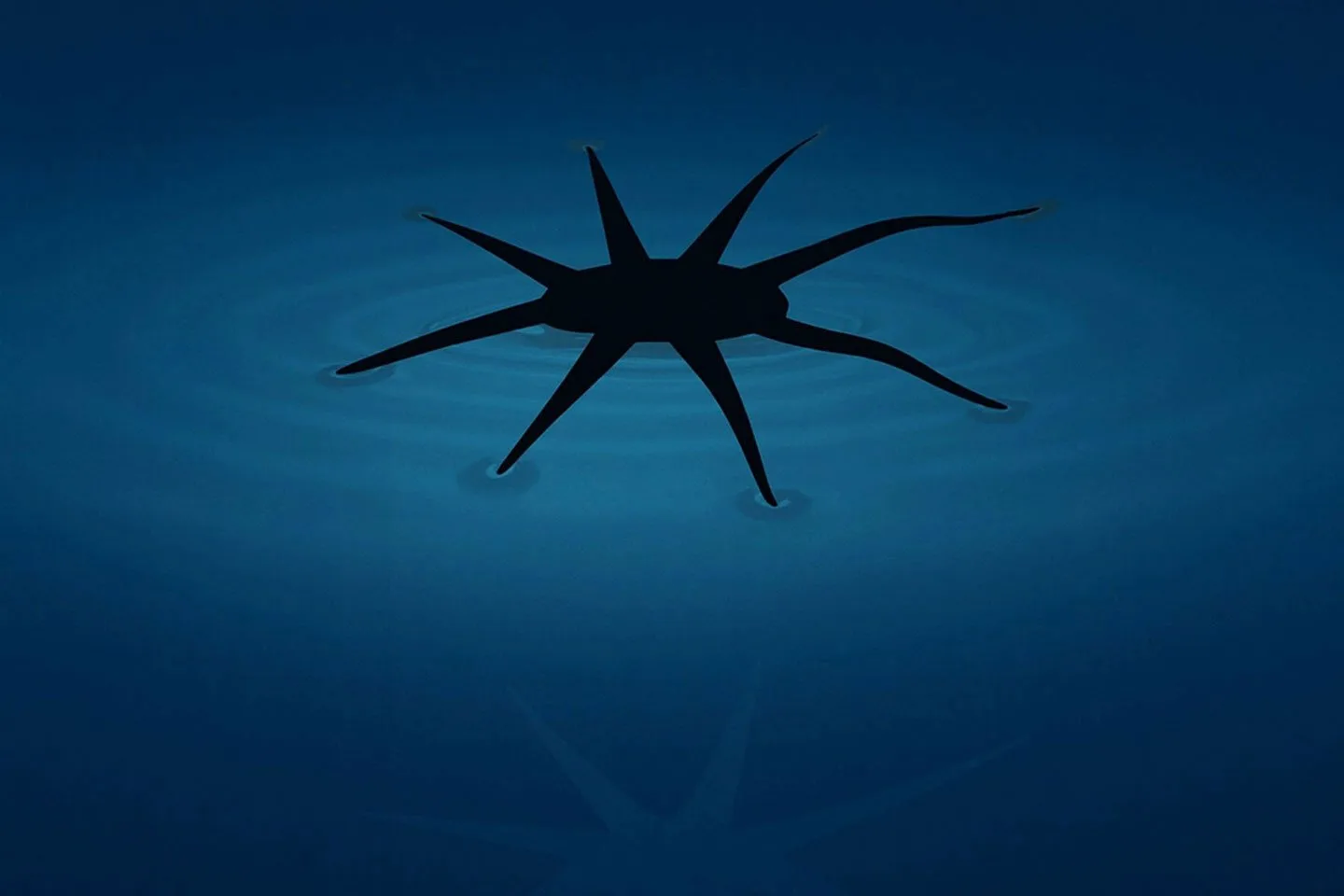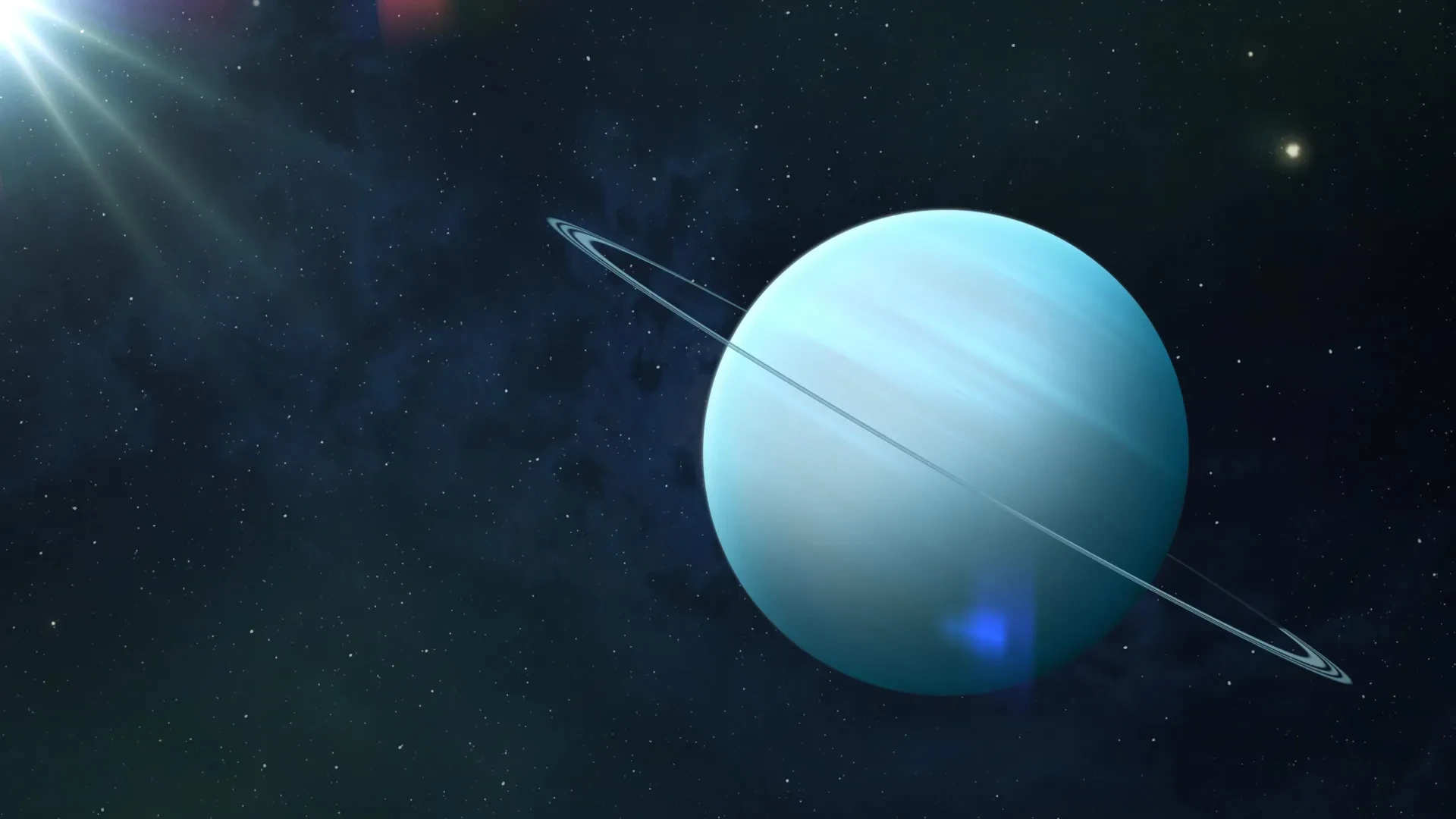
Rahul Banerjee
As an experienced editor with a passion for journalism, I specialize in refining and shaping stories to captivate readers. With a keen eye for detail and a deep understanding of the nuances of language, I work closely with writers to polish their work and ensure that each article is engaging, accurate, and well-written.

Rahul Banerjee
As an experienced editor with a passion for journalism, I specialize in refining and shaping stories to captivate readers. With a keen eye for detail and a deep understanding of the nuances of language, I work closely with writers to polish their work and ensure that each article is engaging, accurate, and well-written.

Rahul Banerjee
As an experienced editor with a passion for journalism, I specialize in refining and shaping stories to captivate readers. With a keen eye for detail and a deep understanding of the nuances of language, I work closely with writers to polish their work and ensure that each article is engaging, accurate, and well-written.
Scientists have found that Dysdera tilosensis, a Canary Islands spider, has lost nearly half its genome in a few million years—contradicting common evolutionary theories. Despite the shrinkage, the spider remains more genetically diverse than its mainland relative. The discovery provides strong evidence for the Mutational Hazard Hypothesis and prompts a rethink of genome evolution in island animals.

Scientists have found that Dysdera tilosensis, a Canary Islands spider, has lost nearly half its genome in a few million years—contradicting common evolutionary theories. Despite the shrinkage, the spider remains more genetically diverse than its mainland relative. The discovery provides strong evidence for the Mutational Hazard Hypothesis and prompts a rethink of genome evolution in island animals.

Scientists have found that Dysdera tilosensis, a Canary Islands spider, has lost nearly half its genome in a few million years—contradicting common evolutionary theories. Despite the shrinkage, the spider remains more genetically diverse than its mainland relative. The discovery provides strong evidence for the Mutational Hazard Hypothesis and prompts a rethink of genome evolution in island animals.

New satellite research reveals that Earth's morning magnetosphere holds a negative charge in the equatorial region, overturning previous models that predicted a positive charge. Scientists say plasma flow within the magnetic field creates this unique polarity pattern, reshaping understanding of Earth's near-space environment.

New satellite research reveals that Earth's morning magnetosphere holds a negative charge in the equatorial region, overturning previous models that predicted a positive charge. Scientists say plasma flow within the magnetic field creates this unique polarity pattern, reshaping understanding of Earth's near-space environment.

New satellite research reveals that Earth's morning magnetosphere holds a negative charge in the equatorial region, overturning previous models that predicted a positive charge. Scientists say plasma flow within the magnetic field creates this unique polarity pattern, reshaping understanding of Earth's near-space environment.

ESA’s Gaia telescope has detected a massive wave spanning the Milky Way’s disc, vertically shifting stars and gas across tens of thousands of light-years. The phenomenon, revealed in new data, involves both young giant and Cepheid stars. Its cause remains unknown, pointing to possible ancient galactic collisions.

ESA’s Gaia telescope has detected a massive wave spanning the Milky Way’s disc, vertically shifting stars and gas across tens of thousands of light-years. The phenomenon, revealed in new data, involves both young giant and Cepheid stars. Its cause remains unknown, pointing to possible ancient galactic collisions.

ESA’s Gaia telescope has detected a massive wave spanning the Milky Way’s disc, vertically shifting stars and gas across tens of thousands of light-years. The phenomenon, revealed in new data, involves both young giant and Cepheid stars. Its cause remains unknown, pointing to possible ancient galactic collisions.

Scientists at Mizzou have found that a ketogenic diet, high in fat and low in carbs, improves brain and gut health in female mice with the APOE4 gene, the greatest genetic risk for Alzheimer’s. This research supports the potential for personalized nutrition to protect cognitive function, especially for those at genetic risk.

Scientists at Mizzou have found that a ketogenic diet, high in fat and low in carbs, improves brain and gut health in female mice with the APOE4 gene, the greatest genetic risk for Alzheimer’s. This research supports the potential for personalized nutrition to protect cognitive function, especially for those at genetic risk.

Scientists at Mizzou have found that a ketogenic diet, high in fat and low in carbs, improves brain and gut health in female mice with the APOE4 gene, the greatest genetic risk for Alzheimer’s. This research supports the potential for personalized nutrition to protect cognitive function, especially for those at genetic risk.

Groundbreaking studies show that as men age, their sperm accumulate harmful genetic mutations. Some of these mutations gain an evolutionary advantage within the testes, leading to increased risks of congenital disorders in children of older fathers. Ultra-deep sequencing has identified dozens of genes involved, reshaping how scientists view paternal age and inherited disease risk.

Groundbreaking studies show that as men age, their sperm accumulate harmful genetic mutations. Some of these mutations gain an evolutionary advantage within the testes, leading to increased risks of congenital disorders in children of older fathers. Ultra-deep sequencing has identified dozens of genes involved, reshaping how scientists view paternal age and inherited disease risk.

Groundbreaking studies show that as men age, their sperm accumulate harmful genetic mutations. Some of these mutations gain an evolutionary advantage within the testes, leading to increased risks of congenital disorders in children of older fathers. Ultra-deep sequencing has identified dozens of genes involved, reshaping how scientists view paternal age and inherited disease risk.

Researchers have discovered true teeth growing on the head of male spotted ratfish, overturning the long-held belief that vertebrate teeth only develop in the jaws. The teeth, located on a structure called the tenaculum, share genetic origins with oral teeth and are used during mating. This finding could reshape our understanding of dental evolution in vertebrates.

Researchers have discovered true teeth growing on the head of male spotted ratfish, overturning the long-held belief that vertebrate teeth only develop in the jaws. The teeth, located on a structure called the tenaculum, share genetic origins with oral teeth and are used during mating. This finding could reshape our understanding of dental evolution in vertebrates.

Researchers have discovered true teeth growing on the head of male spotted ratfish, overturning the long-held belief that vertebrate teeth only develop in the jaws. The teeth, located on a structure called the tenaculum, share genetic origins with oral teeth and are used during mating. This finding could reshape our understanding of dental evolution in vertebrates.









